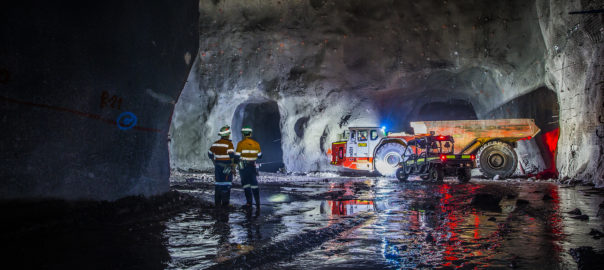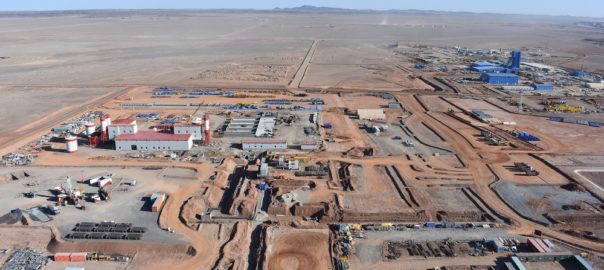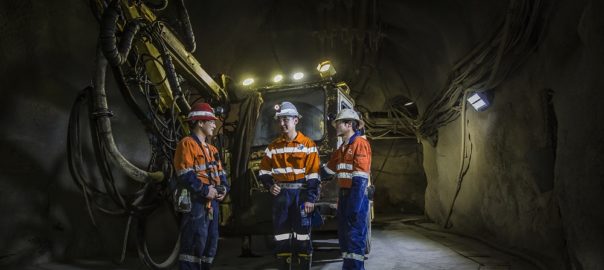After 37 years of operations and having exhausted its economic reserves, the iconic Argyle mine in the remote east Kimberley region of Western Australia has celebrated its final day of mining.
The Argyle orebody, a single pipe known as AK1, was discovered in October 1979. Alluvial operations began in 1983, open-pit mining began in 1985 and the mine became a fully underground operation in 2013. Over this period of time, the mine has produced more than 865 Mct of rough diamonds becoming the world’s largest producer of coloured diamonds and virtually the sole source of a very small but consistent source of rare pink diamonds, according to Rio.
Arnaud Soirat, Rio Tinto’s Chief Executive of Copper & Diamonds, said: “Fifty years ago, there were very few people who believed there were diamonds in Australia – even fewer could have foreseen how the Argyle story would unfold. To arrive at this final chapter has required vision, courage and determination to overcome significant challenges to enter new territory in diamond exploration, mining and marketing.
“Today, Argyle’s influence stretches into many spheres and over many continents and I am very proud to acknowledge all those people who have contributed to the discovery and development of the mine and the production of some of the finest diamonds the world has ever seen.”
Argyle employees, Traditional Owners and local stakeholders attended an event at the mine, signalling the formal transition from an operational mine to the commencement of closure. The closure process is expected to take some five years to decommission and dismantle the mine and undertake rehabilitation, followed by a further period of monitoring. Argyle will employ a smaller workforce, post the final mining and diamond production activities, continuing to contribute to the local economy.
Andrew Wilson, General Manager of the Argyle mine, said “This is an historic day for the Argyle mine and the east Kimberley region and a great source of pride for this unique Australian success story. A new chapter will now begin as we start the process of respectfully closing the Argyle mine and rehabilitating the land, to be handed back to its traditional custodians.”










